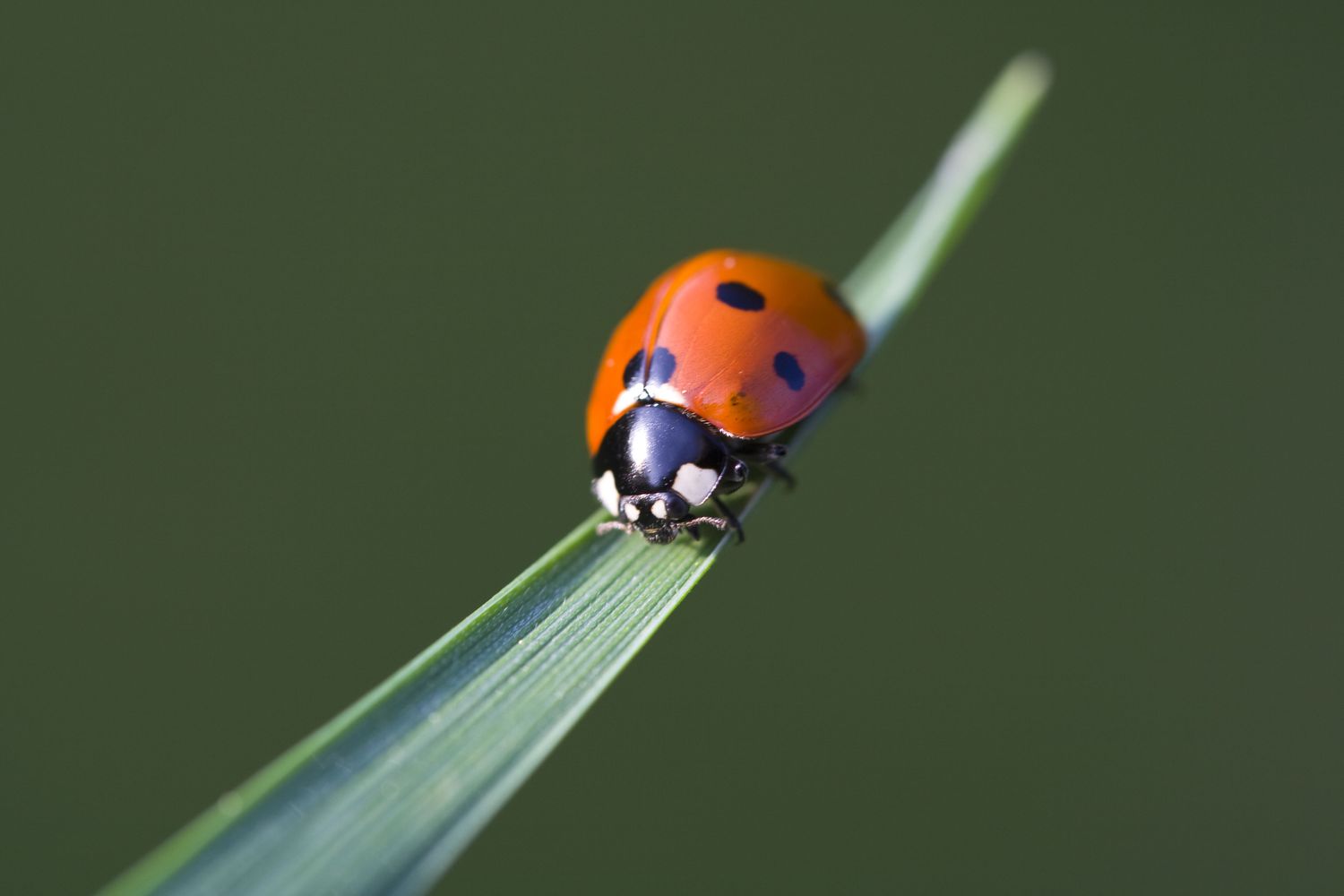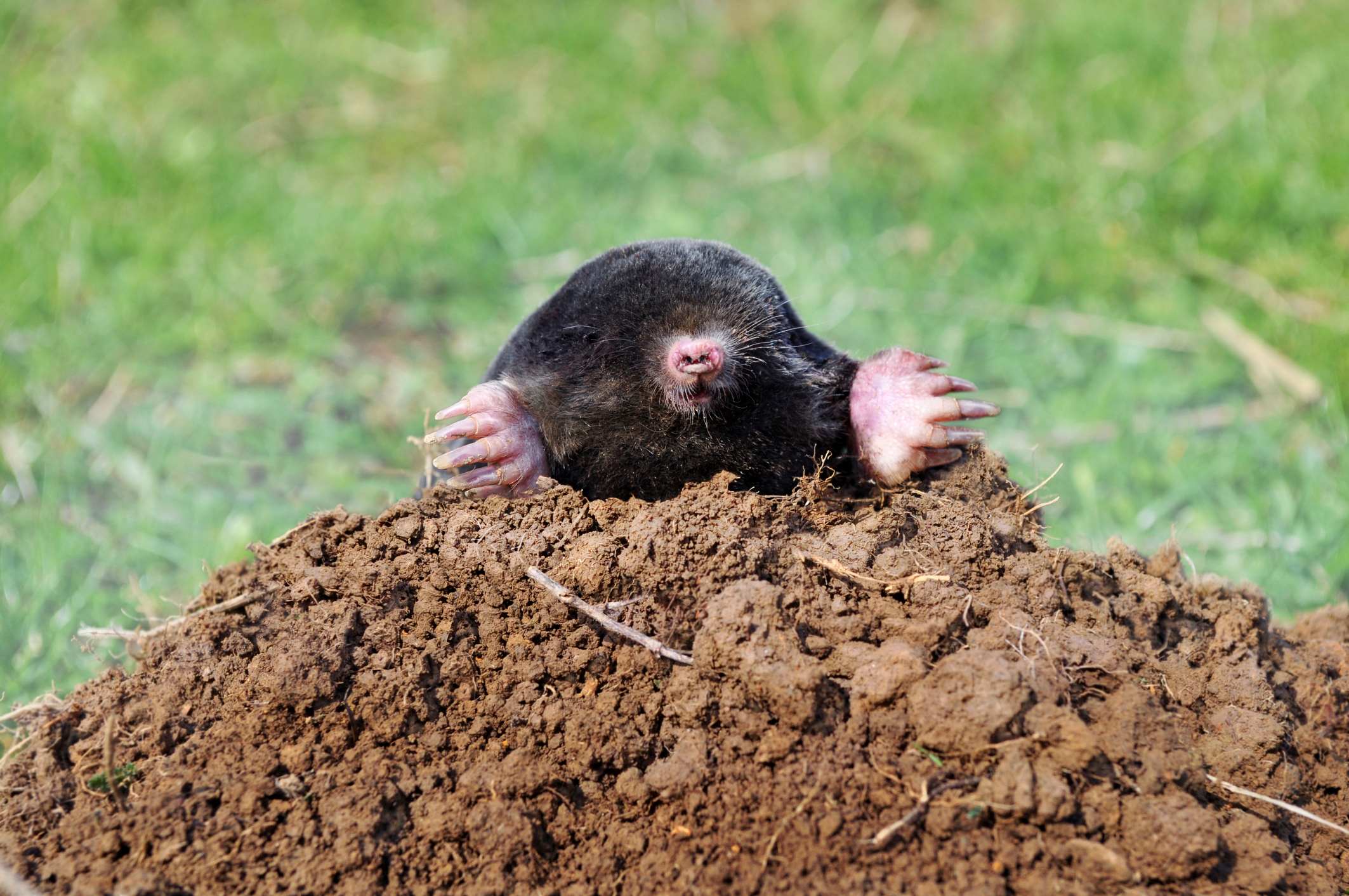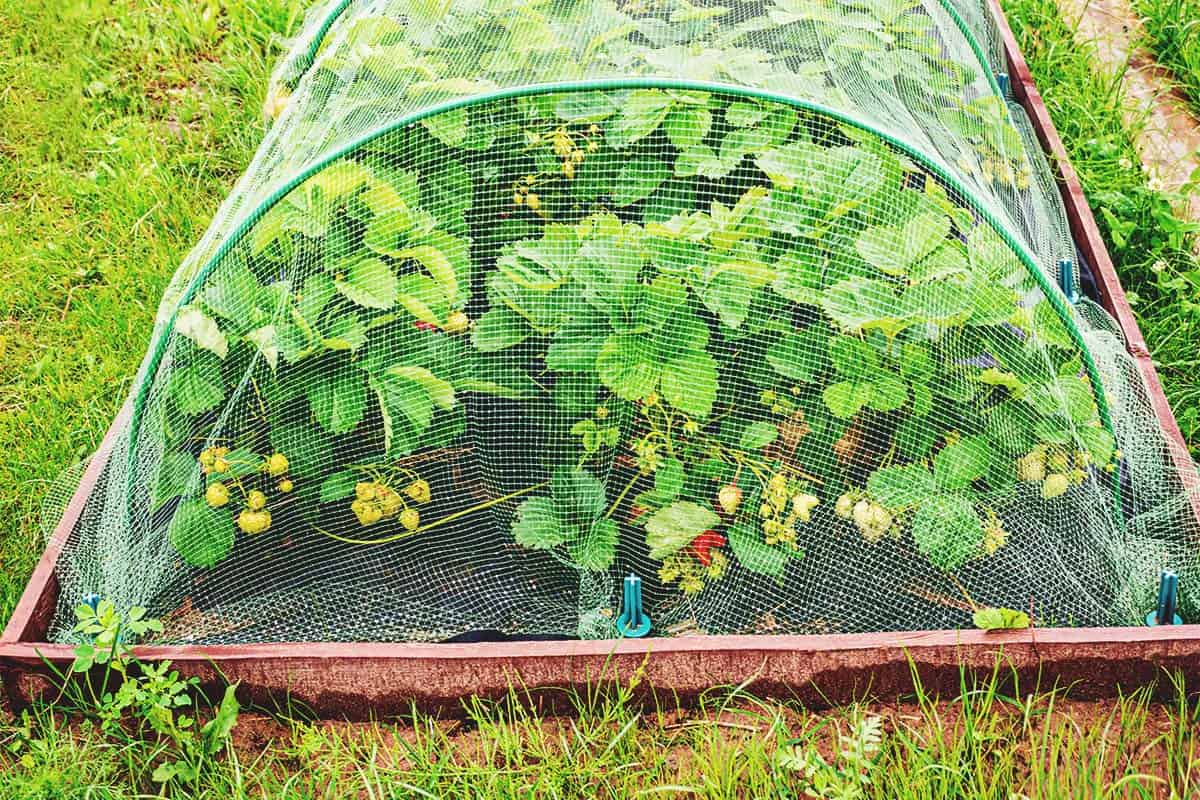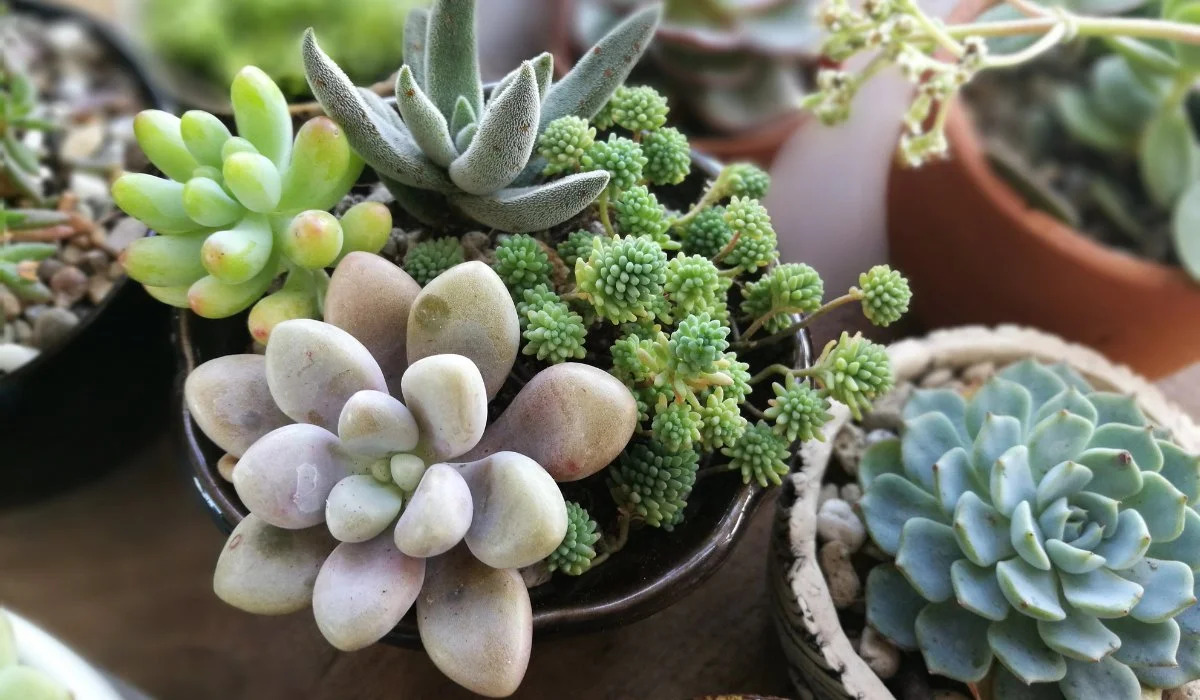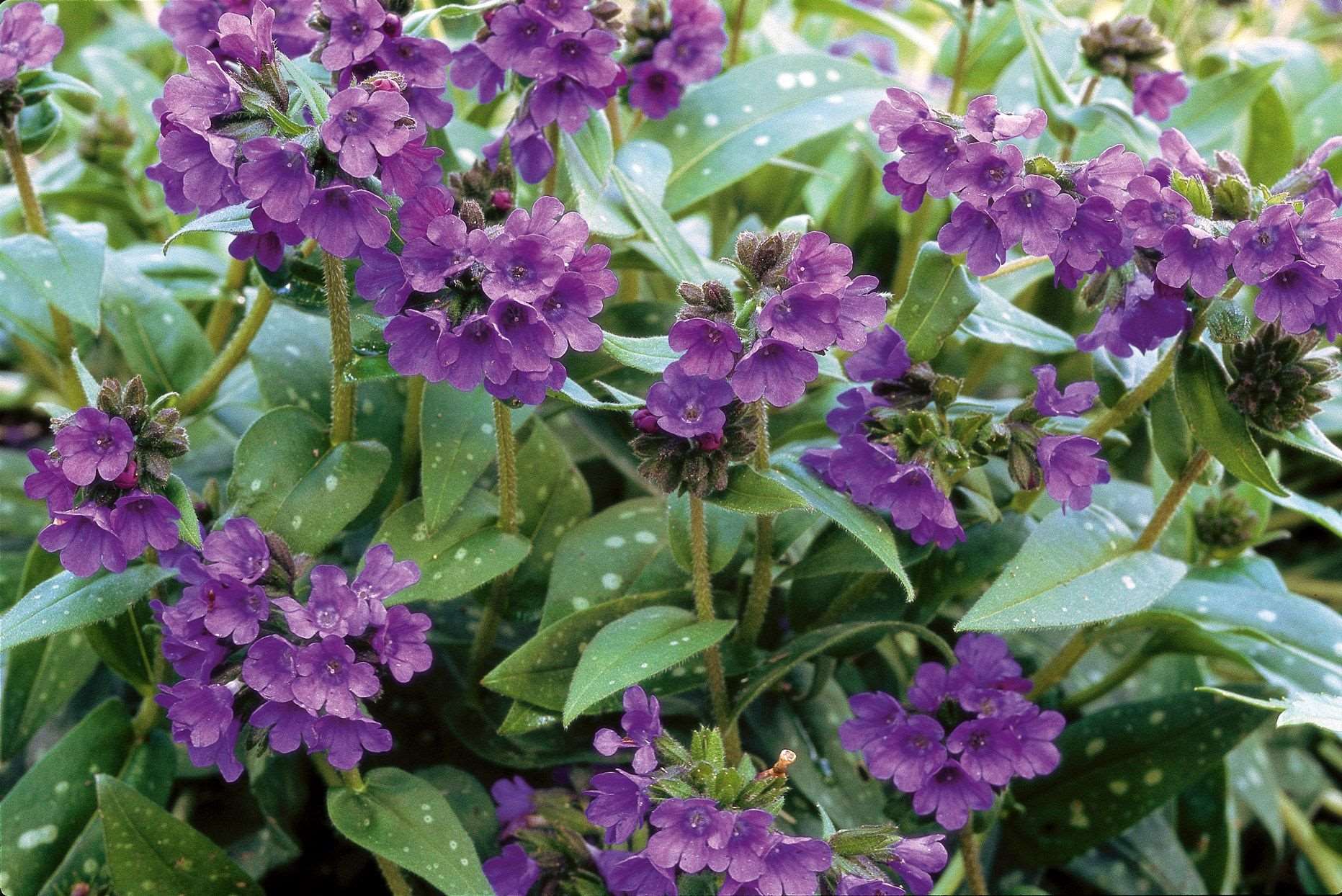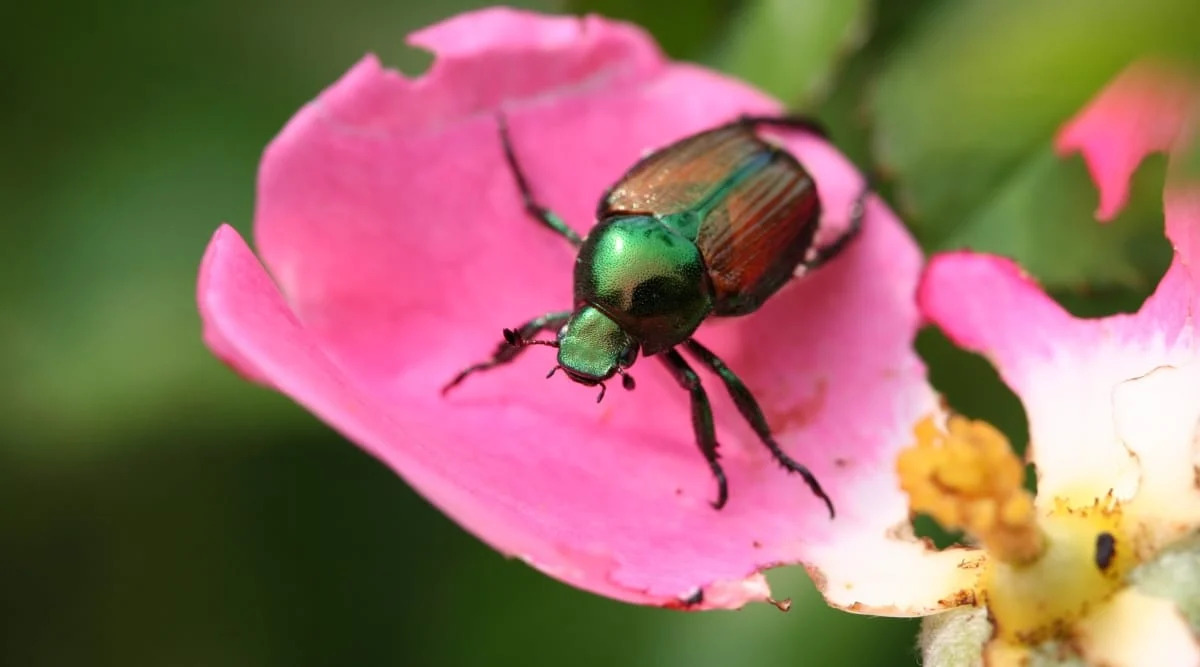Home>Gardening News and Trends>Latest News>What Animal Eats Succulents
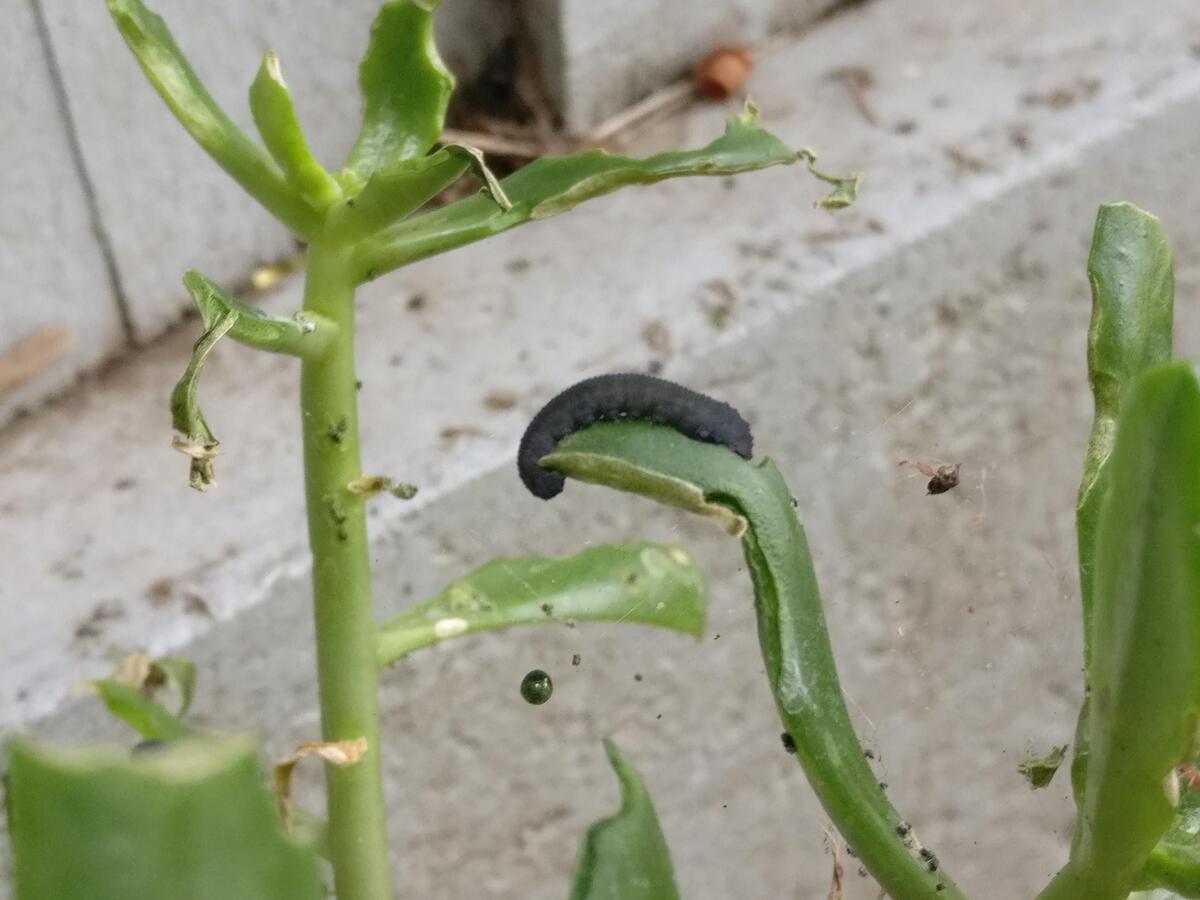

Latest News
What Animal Eats Succulents
Published: December 27, 2023
Discover the latest news on what animal eats succulents and how it impacts your garden. Stay informed with the most recent updates on succulent predators.
(Many of the links in this article redirect to a specific reviewed product. Your purchase of these products through affiliate links helps to generate commission for Chicagolandgardening.com, at no extra cost. Learn more)
Table of Contents
**
Introduction
**
Succulents are renowned for their unique ability to thrive in arid environments, thanks to their capacity to store water in their fleshy leaves, stems, or roots. While these plants have evolved impressive adaptations for survival, they are not immune to the appetites of various animals. The interaction between succulents and animals forms a fascinating aspect of ecology, shedding light on the interconnectedness of different species within ecosystems.
From the majestic deserts of the American Southwest to the sprawling savannas of Africa, succulents have carved out their niche in some of the world's harshest habitats. Despite their resilience, these plants face numerous challenges, including predation by a diverse array of animals. Understanding the dynamics of animal consumption of succulents is vital for comprehending the intricate balance of nature and the impact of these interactions on both flora and fauna.
In this article, we will delve into the intriguing world of succulents and explore the reasons why animals consume these plants. We will also examine the various animals that have developed a taste for succulents, as well as the methods they employ to consume these water-rich botanical wonders. Additionally, we will consider the implications of animal consumption on the survival and proliferation of succulents in their native environments. By unraveling these facets, we can gain a deeper appreciation for the complex relationships that shape the natural world and the pivotal role that succulents play within it.
Throughout this exploration, we will uncover the captivating stories of how animals and succulents have coevolved, adapt to their surroundings, and contribute to the intricate web of life on our planet. Join us on this journey as we unravel the secrets of what drives animals to consume succulents and the profound impact of this behavior on both the plants and the creatures that rely on them.
**
What Are Succulents?
**
Succulents encompass a diverse group of plants characterized by their unique ability to store water in specialized tissues, allowing them to thrive in arid and semi-arid environments. These resilient botanical wonders have evolved a range of adaptations to combat water scarcity, making them well-suited for thriving in regions with minimal rainfall and high temperatures.
One of the defining features of succulents is their fleshy, thickened leaves, stems, or roots, which serve as reservoirs for water storage. This distinctive trait enables succulents to endure prolonged periods of drought by tapping into their internal water reserves when external moisture is scarce. Additionally, the presence of a waxy coating on the surface of their tissues helps reduce water loss through evaporation, further enhancing their ability to withstand harsh environmental conditions.
From the iconic saguaro cactus of the Sonoran Desert to the vibrant aeoniums of the Canary Islands, succulents exhibit remarkable diversity in form, size, and habitat preferences. They can be found in a myriad of shapes, ranging from spherical to columnar, and in an array of striking colors, adding a visually captivating allure to their surroundings.
These plants have captured the fascination of botanists, horticulturists, and nature enthusiasts alike, not only for their remarkable adaptations but also for their ornamental appeal. Succulents have become popular choices for indoor and outdoor cultivation, adorning gardens, homes, and landscapes with their sculptural beauty and low-maintenance requirements.
As we delve deeper into the realm of succulents, it becomes evident that these extraordinary plants are not only survivors in harsh environments but also objects of admiration and fascination for people around the world. Their resilience, diversity, and aesthetic charm make them a captivating subject of study and a source of inspiration for those seeking to connect with the wonders of the natural world.
Why Do Animals Eat Succulents?
Animals consume succulents for various reasons, reflecting both their nutritional needs and the ecological dynamics of their habitats. Succulents, with their water-rich tissues and nutrient content, serve as valuable food sources for a wide range of herbivorous creatures. In arid and semi-arid regions where water and food can be scarce, succulents offer a reliable and accessible supply of essential resources.
The high water content of succulents makes them particularly appealing to animals, especially during periods of drought when alternative sources of hydration are limited. Additionally, the tissues of succulents often contain vital nutrients, such as carbohydrates, proteins, and minerals, which are essential for the health and vitality of herbivores. By consuming succulents, animals can replenish their water reserves and acquire essential nutrients, enabling them to thrive in challenging environments.
Furthermore, the consumption of succulents by animals plays a crucial role in shaping the dynamics of plant populations and ecosystems. Herbivory, or the consumption of plant material by animals, can influence the distribution, abundance, and diversity of succulents within their native habitats. Through selective feeding and foraging behaviors, animals can impact the growth and reproduction of succulents, influencing the composition and structure of plant communities.
Moreover, the act of consuming succulents can have cascading effects on the broader ecosystem, influencing the behavior and distribution of herbivores, as well as the interactions between plants and other organisms. This interconnected web of relationships highlights the significance of animal consumption of succulents in shaping the ecological balance of diverse ecosystems.
As we unravel the motivations behind animals’ consumption of succulents, we gain a deeper appreciation for the intricate interplay between plants and herbivores in natural environments. The reliance of animals on succulents for sustenance underscores the vital role that these water-storing plants play in supporting the diverse array of life that inhabits arid regions. By understanding the drivers of herbivory and its ecological implications, we can gain valuable insights into the complex dynamics of ecosystems and the remarkable adaptations that enable species to thrive in challenging conditions.
Animals That Eat Succulents
A remarkable array of animals has evolved to consume succulents as part of their diet, showcasing the diverse strategies and adaptations that have emerged in response to the availability of these water-rich plants. In arid and semi-arid regions around the world, a multitude of herbivores, ranging from insects to mammals, have developed specialized feeding behaviors to capitalize on the resources provided by succulents.
One notable group of succulent consumers is herbivorous mammals, including iconic species such as the desert bighorn sheep (Ovis canadensis nelsoni) and the kudu (Tragelaphus strepsiceros). These animals have adapted to consume a variety of succulent plants, utilizing their specialized dentition and digestive systems to extract nutrients and moisture from the fleshy tissues of succulents. Their ability to efficiently process succulents enables them to thrive in environments where water and food can be scarce, showcasing the remarkable adaptations that have evolved in response to the challenges of arid habitats.
Additionally, an assortment of reptiles, including tortoises and iguanas, are known to feed on succulents as a primary or supplementary component of their diets. Their ability to consume and derive sustenance from succulents reflects the unique physiological and behavioral adaptations that have arisen in these reptilian species, allowing them to capitalize on the nutritional benefits offered by these water-storing plants.
Insect herbivores also play a significant role in consuming succulents, with a variety of beetles, caterpillars, and other arthropods feeding on the tissues of succulent plants. Their diverse feeding strategies and interactions with succulents contribute to the intricate web of herbivory within ecosystems, showcasing the multifaceted relationships between insects and these water-rich botanical wonders.
By examining the diverse array of animals that consume succulents, we gain a deeper understanding of the complex interplay between herbivores and these unique plants. The adaptations and feeding behaviors exhibited by these animals underscore the pivotal role of succulents in supporting the nutritional needs of diverse herbivorous species, shaping the dynamics of ecosystems, and contributing to the rich tapestry of life in arid environments.
How Animals Consume Succulents
The consumption of succulents by animals encompasses a diverse range of feeding strategies and adaptations, reflecting the remarkable ways in which herbivores have evolved to exploit these water-storing plants as a valuable food resource. The methods by which animals consume succulents vary across different species, showcasing the specialized anatomical, physiological, and behavioral traits that have emerged in response to the availability of these water-rich botanical wonders.
Herbivorous mammals, such as the desert bighorn sheep and the kudu, employ specialized dentition and digestive systems to efficiently consume and process succulents. Their teeth are adapted to effectively shear and grind the fibrous and fleshy tissues of succulents, allowing them to extract nutrients and moisture from these plants. Additionally, their digestive tracts are equipped to handle the high water content and unique chemical composition of succulents, enabling them to derive sustenance from these water-storing plants.
Reptiles that consume succulents, including tortoises and iguanas, exhibit distinct feeding behaviors tailored to their dietary reliance on these water-rich plants. Their specialized jaws and teeth enable them to grasp and shred succulent tissues, facilitating the extraction of water and nutrients. Furthermore, their digestive physiology is adapted to process the unique components of succulents, allowing them to effectively utilize these plants as a source of sustenance.
Insects that feed on succulents showcase a diverse array of feeding strategies, with beetles, caterpillars, and other arthropods utilizing specialized mouthparts to consume the tissues of succulent plants. Some insects may bore into the succulent tissues, while others may graze on the surface, showcasing the diverse ways in which herbivorous insects interact with succulents. These feeding behaviors highlight the intricate adaptations that have evolved in insects to exploit the resources provided by succulents.
By exploring the methods through which animals consume succulents, we gain insight into the remarkable adaptations and behaviors that have arisen in response to the availability of these water-storing plants. The diverse feeding strategies employed by herbivores underscore the pivotal role of succulents as a vital food source, shaping the physiological, anatomical, and behavioral traits of animals across a range of taxa.
The Impact of Animal Consumption on Succulents
The consumption of succulents by animals exerts a profound influence on the dynamics of succulent populations and the ecosystems in which they thrive. Herbivory, or the consumption of plant material by animals, plays a pivotal role in shaping the distribution, abundance, and diversity of succulents, contributing to the complex interplay of species within arid and semi-arid environments.
One significant impact of animal consumption on succulents is the regulation of plant growth and reproduction. Herbivores can influence the growth patterns of succulents through selective feeding, which may promote branching, regrowth, or altered patterns of resource allocation within plants. Additionally, herbivory can impact the reproductive success of succulents by influencing flower production, seed dispersal, and seedling establishment, thereby shaping the genetic diversity and resilience of succulent populations.
Furthermore, the interactions between herbivores and succulents can have cascading effects on the broader ecosystem. The consumption of succulents by herbivores can alter the availability of resources for other species, influencing the foraging behavior and distribution of animals that rely on these plants for sustenance. Additionally, the physical disturbance caused by herbivory can create microhabitats that benefit other organisms, further illustrating the far-reaching implications of animal consumption on succulents and their associated communities.
Despite the potential impacts of animal consumption, succulents have developed a suite of adaptations to mitigate the effects of herbivory. Some succulents exhibit chemical defenses, such as secondary metabolites and toxins, which deter herbivores from consuming their tissues. Others may possess physical defenses, such as spines, thorns, or tough epidermal layers, which serve as deterrents or barriers against herbivores. These adaptive traits reflect the evolutionary arms race between succulents and herbivores, highlighting the dynamic interplay of defenses and counter-adaptations that shape their interactions.
By examining the impact of animal consumption on succulents, we gain a deeper understanding of the complex ecological relationships that govern the survival and persistence of these remarkable plants. The interplay of herbivory, plant defenses, and ecosystem dynamics underscores the intricate web of interactions that define the resilience and adaptability of succulents within their native habitats.
Conclusion
The captivating world of succulents and their interactions with animals offers a compelling glimpse into the intricate tapestry of life in arid and semi-arid environments. These remarkable plants, with their ability to store water and thrive in challenging conditions, have become integral components of diverse ecosystems, supporting a myriad of herbivorous species and influencing the dynamics of their native habitats.
Animals consume succulents for essential nutrients and hydration, reflecting the pivotal role of these water-storing plants in sustaining life in arid regions. The diverse array of herbivores, ranging from mammals to insects, has evolved specialized adaptations to capitalize on the resources provided by succulents, showcasing the remarkable ways in which animals have integrated these plants into their diets and ecological niches.
Furthermore, the impact of animal consumption on succulents extends beyond individual plants, shaping the dynamics of plant populations and the broader ecosystem. Herbivory influences the growth, reproduction, and distribution of succulents, illustrating the profound effects of animal interactions on the resilience and diversity of these plants within their native environments.
As we unravel the intricate relationships between succulents and animals, we gain a deeper appreciation for the complex web of life that thrives in arid landscapes. The coevolution of succulents and herbivores, coupled with the diverse strategies employed by animals to consume these plants, underscores the dynamic and resilient nature of these ecosystems.
By understanding the impact of animal consumption on succulents, we can glean valuable insights into the adaptations, defenses, and ecological dynamics that shape the survival and proliferation of these extraordinary plants. The interplay of succulents and animals serves as a testament to the remarkable strategies and interactions that have emerged in response to the challenges of arid environments, highlighting the enduring resilience and adaptability of life in the world’s drylands.
Join us in celebrating the captivating union of succulents and animals, where resilience, adaptation, and the intricate dance of survival converge in a mesmerizing display of natural ingenuity and coexistence.
